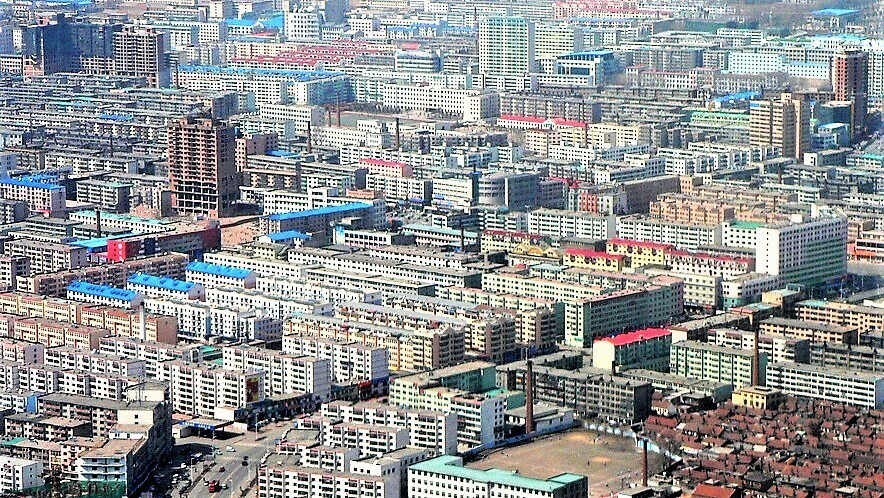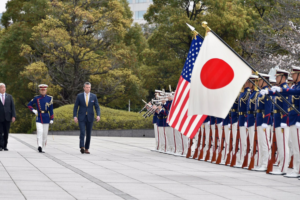Last week yours truly came back from the Chinese city of Yanji, located in the near-vicinity of the Sino-Korean border. Over the last decade, such trips have typically been a part of my annual schedule, but this time exactly two years had passed since I’d been in China’s remote north-east.
Every trip to Yanji and its adjacent areas is useful, and every visit offers an opportunity to see what is changing. This time, the transformation was especially remarkable: for two decades the area has served as the second largest center of economic interaction with North Korea (the first such center, by a large margin, was Dandong, nearly 1000 km away).
Last week yours truly came back from the Chinese city of Yanji, located in the near-vicinity of the Sino-Korean border. Over the last decade, such trips have typically been a part of my annual schedule, but this time exactly two years had passed since I’d been in China’s remote north-east.
Every trip to Yanji and its adjacent areas is useful, and every visit offers an opportunity to see what is changing. This time, the transformation was especially remarkable: for two decades the area has served as the second largest center of economic interaction with North Korea (the first such center, by a large margin, was Dandong, nearly 1000 km away).
Try unlimited access
Only $1 for four weeks
-
Unlimited access to all of NK News: reporting, investigations, analysis
-
Year-one discount if you continue past $1 trial period
-
The NK News Daily Update, an email newsletter to keep you in the loop
-
Searchable archive of all content, photo galleries, special columns
-
Contact NK News reporters with tips or requests for reporting
Get unlimited access to all NK News content, including original reporting, investigations, and analyses by our team of DPRK experts.
Subscribe
now
All major cards accepted. No commitments – you can cancel any time.











